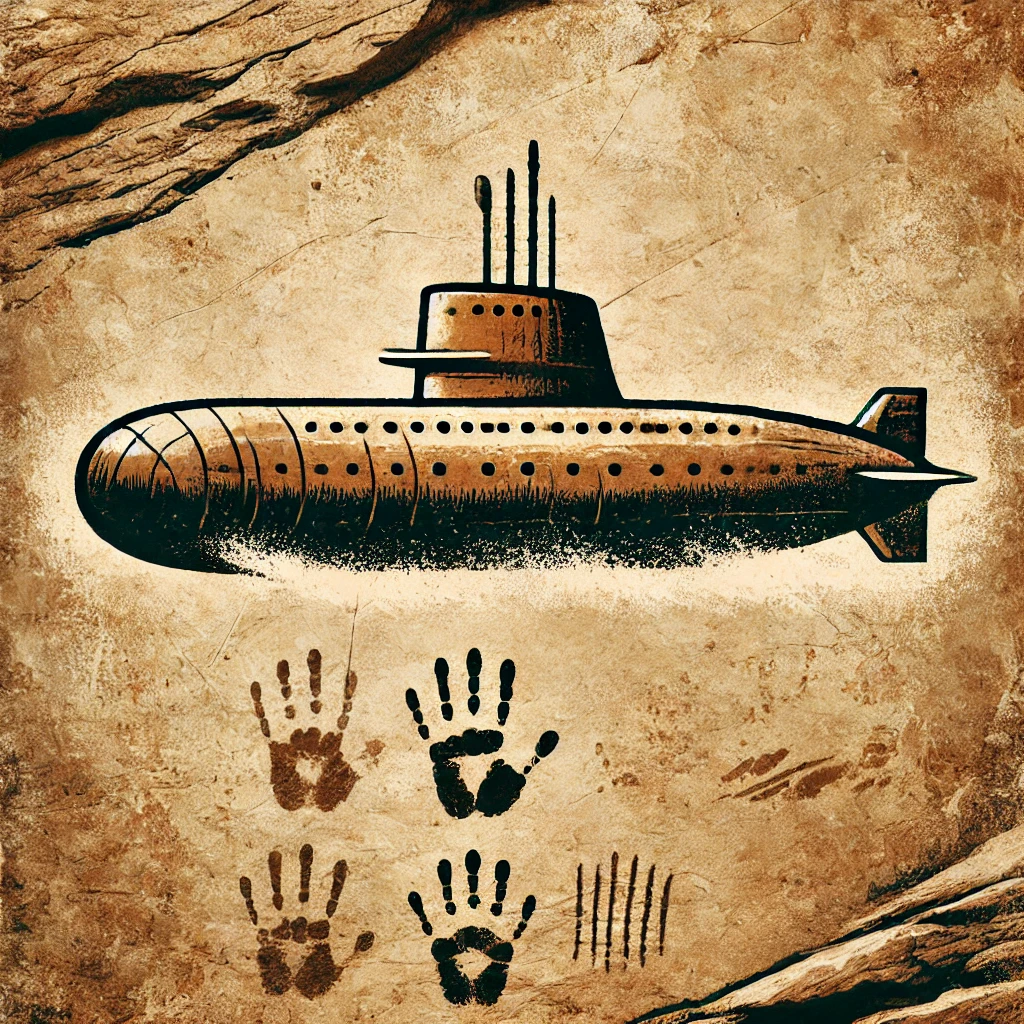Drones with automatic tracking: the feature that changes how you fly
Imagine hiking in the mountains or cycling along an epic trail while your drone follows you on its own, recording every move, and you never touch the controller. It sounds futuristic, but it’s already possible. However, many people buy drones with automatic tracking without understanding how the technology works, and they end up frustrated because the results don’t match their expectations. In this guide you’ll learn why this feature isn’t magic, what you need to get the most out of it, and the biggest mistake beginners make when choosing their first tracking drone.
What is a drone with automatic tracking, really?
A drone with automatic tracking can identify and follow a person or moving object without constant pilot input. It sounds simple, but behind the scenes are sensors, cameras, and software analyzing the subject’s position to keep it in frame. Not all drones with this feature work the same way. Some follow the signal from the controller or phone, while others recognize your body using artificial intelligence. The more precise the technology, the more natural and stable the tracking will look—especially in activities like hiking or cycling where the terrain constantly changes.
How the follow me mode works
Follow me can use different methods to locate the user. The most basic version follows the GPS location of the controller, which works well in open spaces but struggles when obstacles appear. Another method analyzes the camera image and detects body or face shape, offering greater precision. The most advanced drones combine GPS, computer vision, and distance sensors to anticipate movement and avoid collisions. Understanding these differences helps you judge whether a drone will keep pace smoothly or stop at the first tree.
Stability and sensors
Automatic tracking is useless if the drone isn’t stable. Altitude sensors, precise GPS, and downward-facing cameras let the drone hold its position even in wind or on uneven terrain. That stability is key to making the tracking look smooth and professional.
Drones for hiking and cycling: different needs
When hiking, movements are usually slower but the environment is full of natural obstacles like trees and rocks. Here it’s vital that the drone has multidirectional obstacle detection and enough battery life for long walks. The drone’s weight also matters, since you’ll be carrying it in your backpack for hours. In cycling, movement is faster and more variable. The drone must react quickly, keep you framed even when you speed up, and maintain a stable video link. If there’s signal lag, the drone may lose you. That’s why cycling benefits from drones with more powerful motors, quicker sensor response, and dynamic tracking modes.
Advantages of drones with automatic tracking
The biggest advantage is freedom. You can focus on enjoying your activity while the drone handles the filming. It also improves content quality because shots look more natural than when you’re glued to the controller. Plus, it’s an incredible tool for solo travelers, acting like your personal camera operator. Another advantage is learning to fly. Although it might seem the opposite, these drones let you practice maneuvers without having to control everything at once, which gradually builds confidence.
What almost no one tells you before buying one
Automatic tracking isn’t perfect. It needs space, good lighting, and reliable sensors. If the drone is too basic, it will follow you only in a limited way or stop at any obstacle. If it’s too advanced, it may be expensive and overwhelming for a beginner. The secret is choosing a balanced drone: easy to use, stable, and with a smart follow me mode that fits your activity. Before buying, ask yourself whether you’ll use it more for walking, cycling, or creating content. That answer determines everything. Many people fixate on the camera, but the real difference lies in the tracking technology. Understanding it is the step that separates an impulsive purchase from a smart choice.




